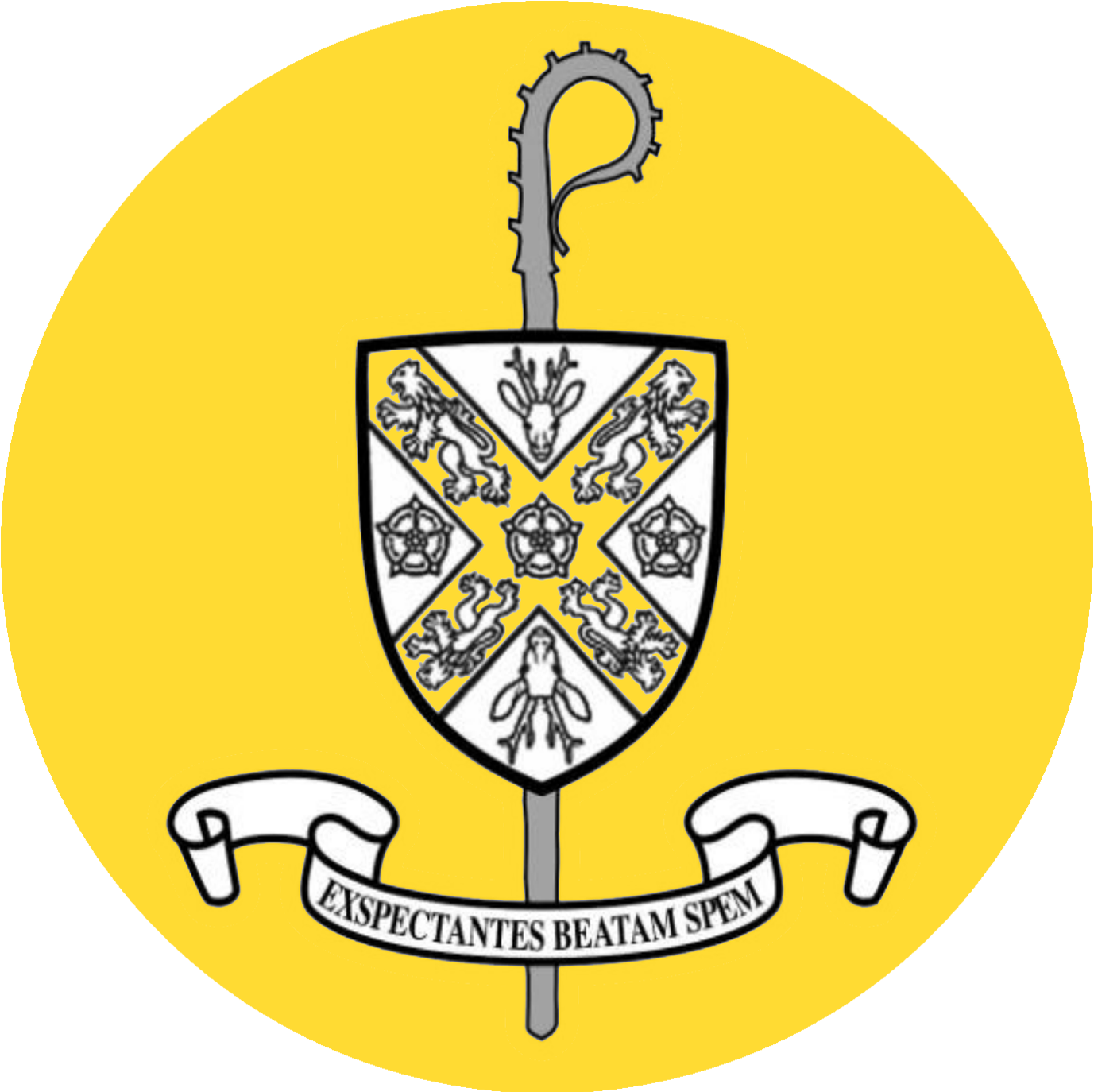On 6th January, an ancient bell was installed at the new monastery of the Carmelite nuns at Thicket Priory just outside York.
Thicket has long been the home of Roman Catholic religious women; from the 12th Century, Cistercian nuns lived there until the Reformation when the house passed into private hands. In the Victorian era, a large house was built at Thicket into which the Carmelite sisters moved from Exmouth in 1955. Fifty years later the sisters, who share an enclosed community life of prayer, decided to sell the house and part of its land so as to design a purpose-built home within the grounds, specifically within the walled garden where their Cistercian forebears are buried.
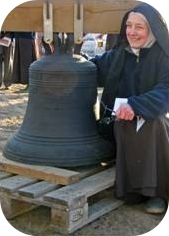
On the last day of the Christmas season, and to the strains of Ding dong merrily on high, the dozen sisters at Thicket – accompanied by some 50 friends – hung the bell in the tower of their new chapel following a service of prayer and rededication.
The bell was cast in 1640 at the Smith Bell Foundry in York’s Toft Green and installed in St Helen’s Church in the village of Wheldrake some eight miles away. Additional bells were installed in the church tower in tribute to those villagers who died in World War I, but the new bells highlighted the fact that the Smith bell – though in good condition – was in a different key. In the 1990s, the Smith bell was removed and stored in the tower until it was agreed that the nearby sisters at Thicket could provide a new home for it.
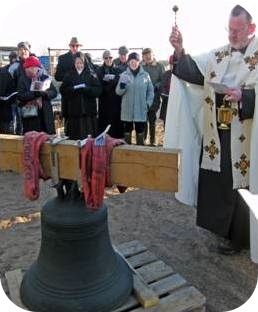
The Latin inscription on the bell – Exultabo in Deo – translates as ‘I will exalt in God’, a phrase found in numerous Bible passages. In the Christian tradition, one of the functions of a bell is to ring out the praises of God and call people to worship. Bells are a traditional sound in the villages of England and many people from the countryside around Thicket pray with the sisters during their liturgies of the Eucharist and Divine Office.
The service of rededication was led by Fr Tony Lester, OCarm, prior of the Carmelite friars in York, and himself a keen bell-ringer. During the liturgy, he noted that this was a rededication and that the bell had already for centuries called Christian people to prayer. At the request of the nuns and following the ancient tradition of naming bells, the bell was named Joseph in honour of Jesus’ foster-father and calling to mind that the first monastery of Carmelite nuns established in Avila by St Teresa of Jesus – the inspiration of the Discalced Carmelite Order – was dedicated to St Joseph.

During the service, the Gospel was read by Revd Peter Horseley and the prayers by Revd Peter Burgess, both from St Helen’s Church in Wheldrake. The transfer of the bell is seen as testament to the deep Christian fellowship and ecumenical friendship between the Anglican Parish of St Helen and the Roman Catholic nuns at Thicket over many years.
Many local parishioners attended the blessing of the bell, alongside those working on the construction of the new monastery, including the builders, engineers, electricians, carpenters, plumbers, and York architects McNeil Beechey O’Neill.
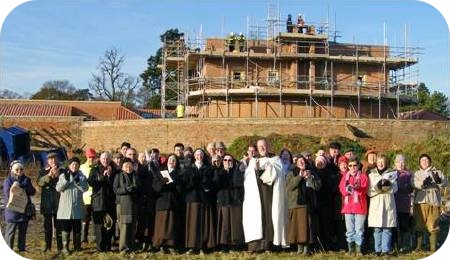
The prioress of the community, Very Revd Mother Mary of Carmel, OCD, expressed particular thanks to the clergy and people of Wheldrake and said: ‘God has blessed us with many wonderful friends and supporters who have made this building project possible. Installing this ancient bell reminds us of Thicket’s heritage as a place of prayer, and helps us look forward to the future when we shall continue to sing God’s praises in our new home. The vicar, churchwardens and parishioners of St Helen’s have been tremendously generous in granting us this gift. ‘Joseph’ is a very welcome addition to our community.’
Mr Paul Botting of St Helen’s Church said: ‘At every step of the process we have been positively helped by the Diocese of York’s Church Buildings Officer, Diocesan Advisory Committee, the Diocesan Bell Expert, the Registrar and the Chancellor. It has taken some time but we achieved it. The most special thing of all is that as the monastery is so close to Wheldrake, we will be able to hear the bell ring out again over the village.’
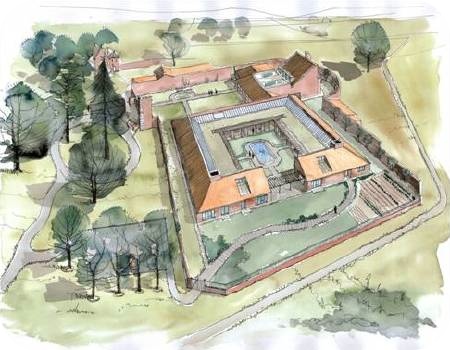
The monastery will be completed in April when the bell will ring liturgically for the first time during the Easter Vigil. Thicket continues to attract vocations to the Carmelite way of life and the new monastery building will be more suitable for community life in the 21st Century.
Reflecting the concerns of the Roman Catholic Church to uphold the integrity of God’s created world, the monastery design incorporates many ‘green’ features, including geothermal heating and grass-covered roofs. More information about the sisters at Thicket and the Carmelite way of life can be found online at: www.carmelite.org/thicket/
Johan Bergström-Allen
Carmelite Projects & Publications Office, York
